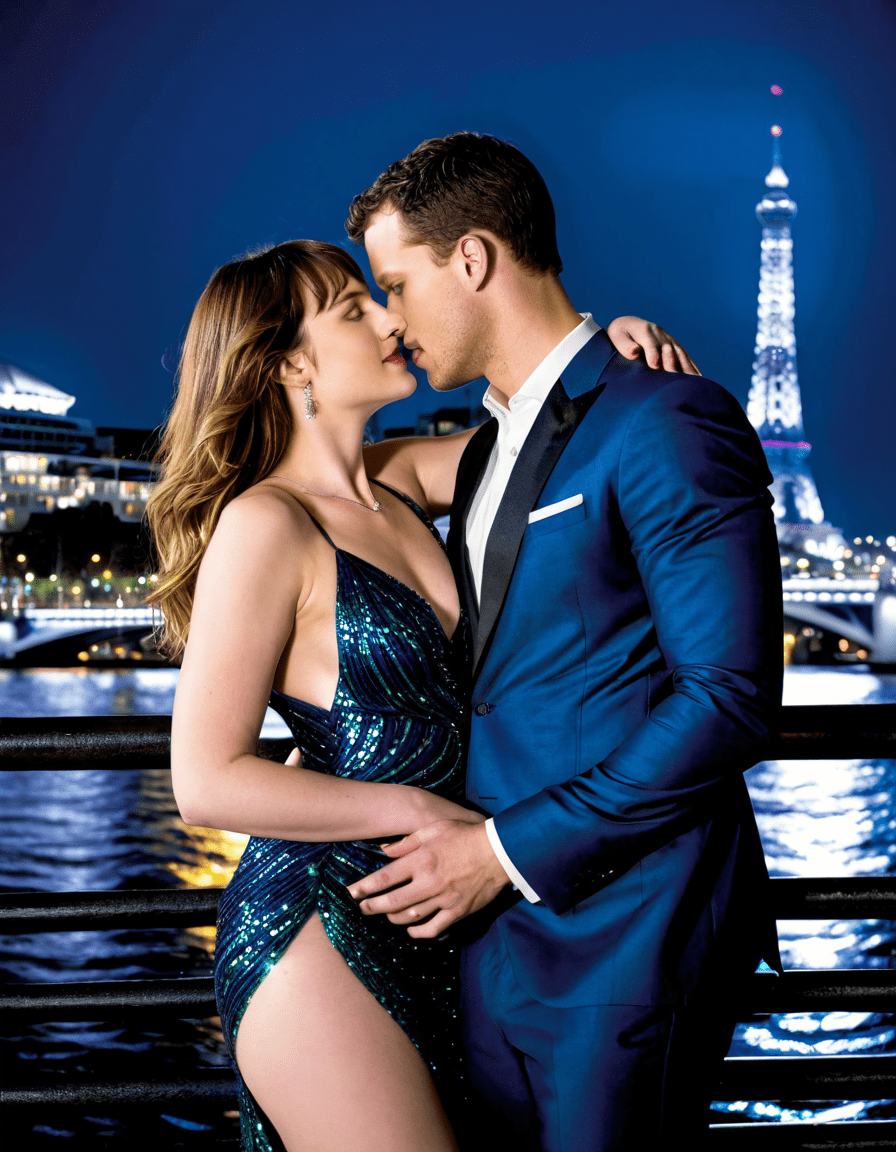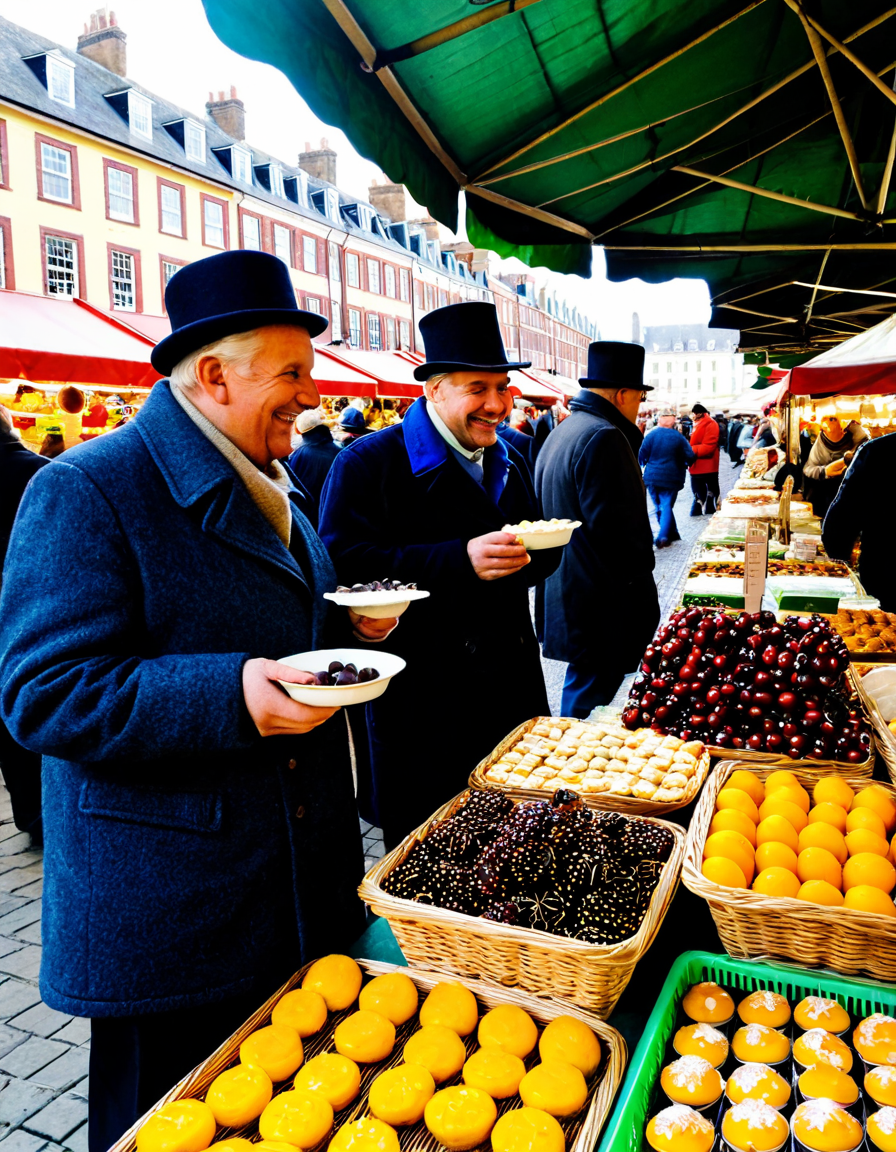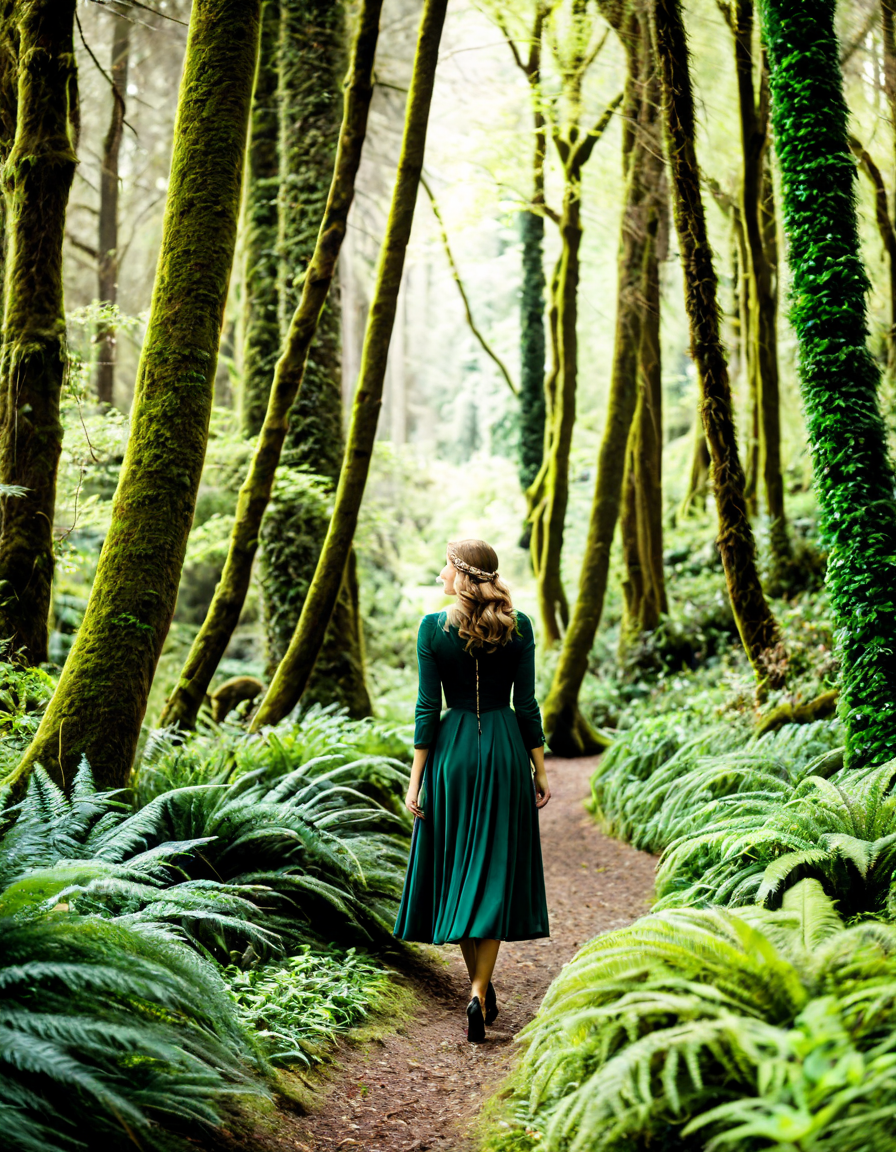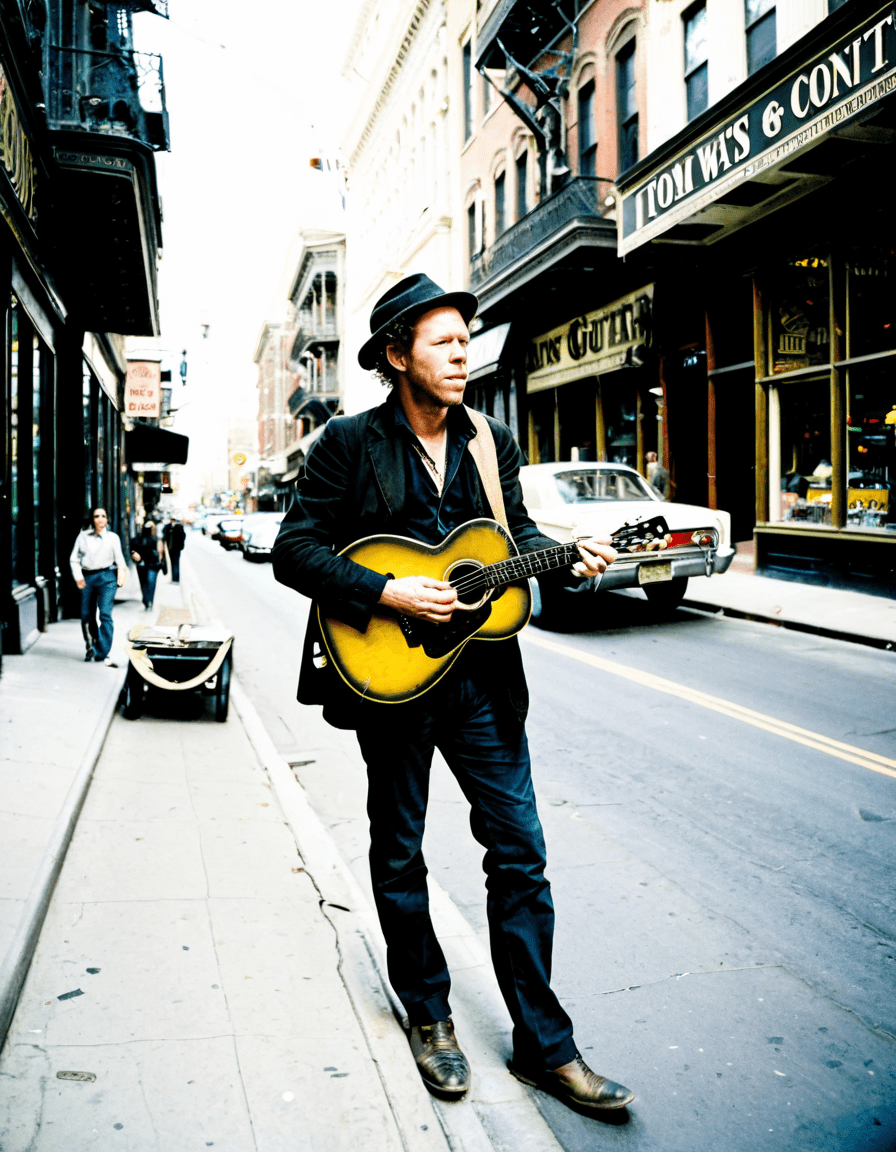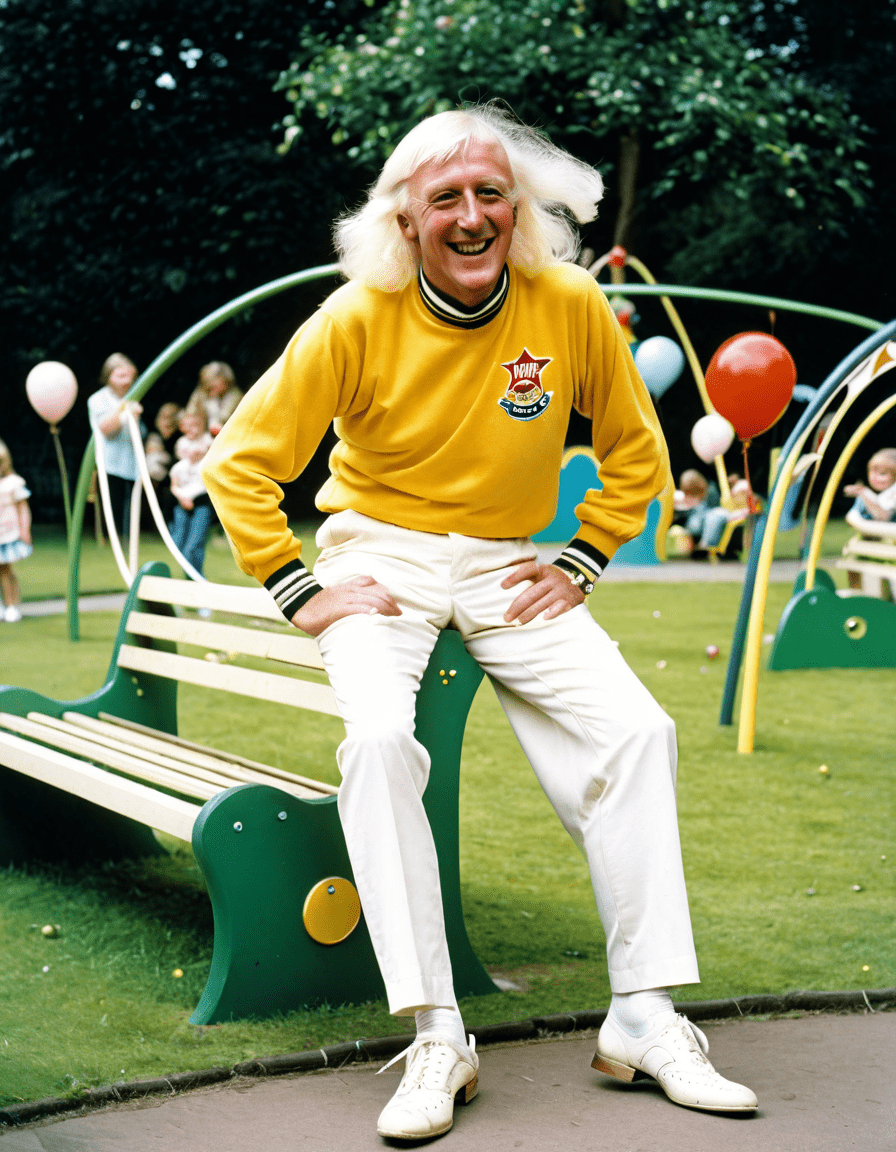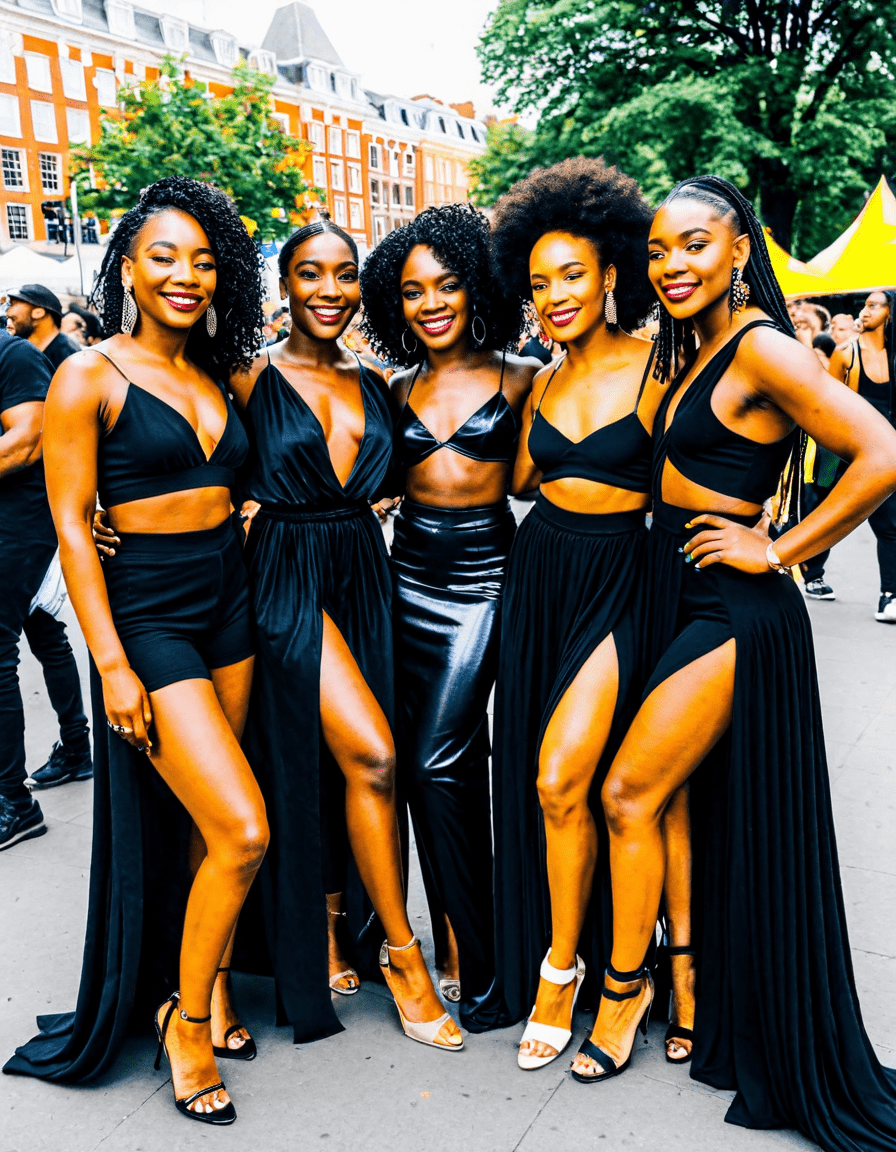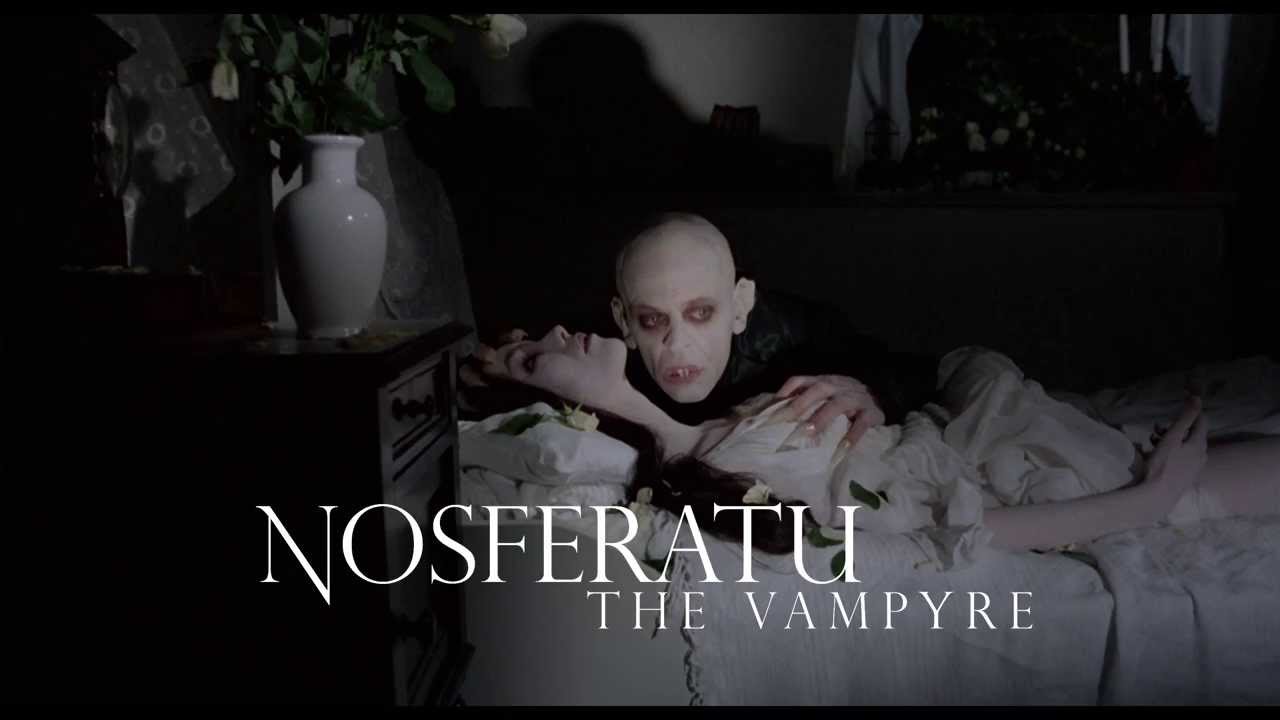
Nosferatu: The Cultural Icon – A Haunting Legacy
“Nosferatu,” the 1922 silent film directed by F.W. Murnau, isn’t merely a film; it’s a cultural touchstone. This flick didn’t just introduce audiences to a new breed of horror; it paved the way for cinematic storytelling that echoes through the decades. When Count Orlok slinks across the screen with his elongated fingers and ghastly visage, he becomes a figure that redefines gothic horror. Talk about setting the bar! “Nosferatu” didn’t just create a chilling atmosphere but established a visual language that influences filmmakers to this day, solidifying its status as a classic.
What’s fascinating is how “Nosferatu” transformed the horror genre, turning ambling shadows into haunting terror. This film set the stage for the vampire narrative, showcasing dread and unease long before CGI and fancy editing. Each frame, expertly crafted, turns the ordinary into the disturbing. In doing so, “Nosferatu” carved a place in cinematic history that made it hard to ignore in serious film discussions. As future films dabbled in vampire lore or horror, Murnau’s masterpiece loomed large, a constant reminder of the fundamental thrill of fear.
Through various adaptations and interpretations, Count Orlok—and “Nosferatu”—continues to be a specter that haunts not just screens but hearts and minds. By seeing the fear on that old, ghostly face, audiences find a universal experience—that haunting dance between horror and humanity that resonates through time, making “Nosferatu” not just a film but a lonesome pathway unfurling through cinema’s haunting labyrinth.
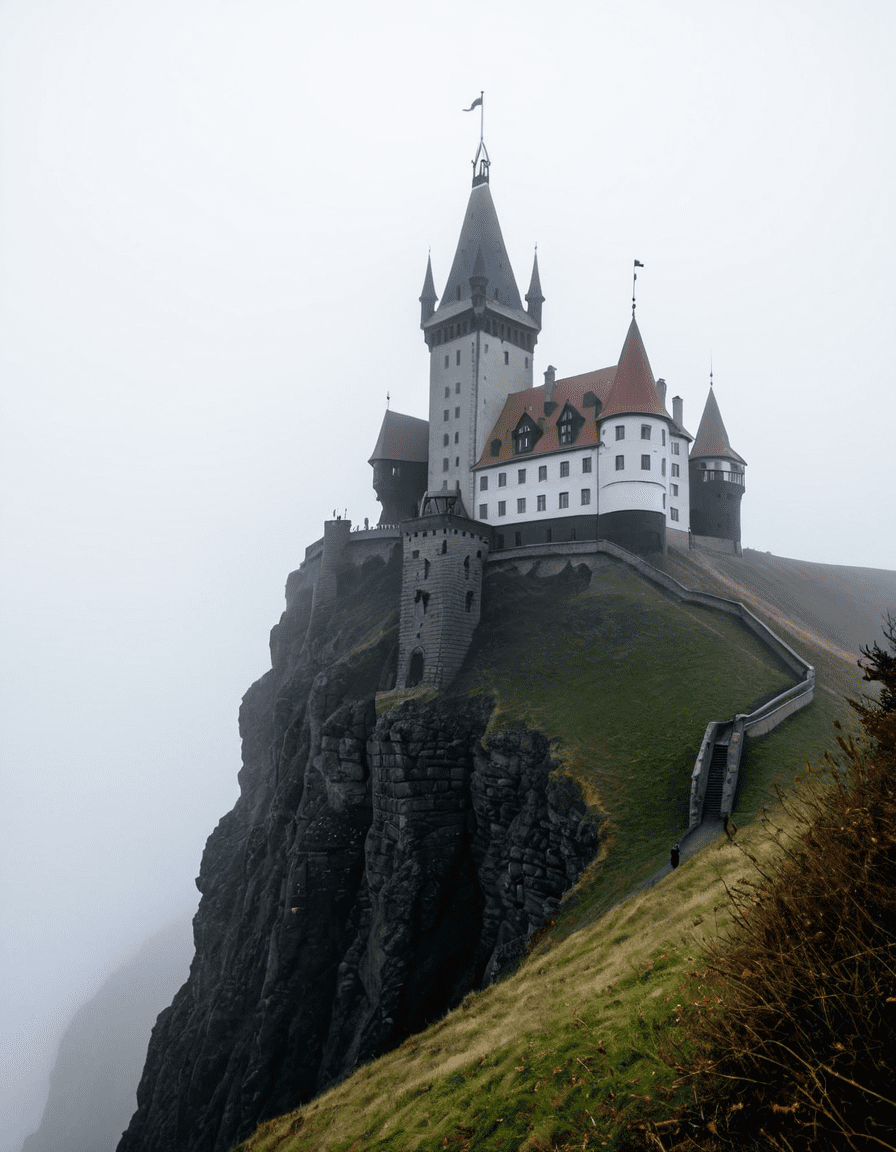
1. The Nosferatu Cast: Vision and Performance
The Nosferatu cast is pivotal in cementing the film’s dark atmosphere. Max Schreck’s portrayal of Count Orlok stands as a harrowing benchmark in cinematic history. Through his masterclass of body language and raw emotion, he conjures a character so eerie that his presence feels unsettlingly real. With just a furrowed brow and a slight tilt of his head, Schreck communicates dread more effectively than many modern horror performances.
On the other hand, Gustav von Wangenheim as Thomas Hutter brings a different kind of tension to the narrative. His descent into madness starkly contrasts Orlok’s otherworldly calm. It’s a performance that emphasizes the transformative power of horror itself. Hutter’s journey, moving from naïve real estate agent to a terrified victim, mirrors the broader human experience of confronting our own fears.
Then, there’s Greta Schroeder as Ellen Hutter, who embodies tragic vulnerability. Her character isn’t just the damsel in distress; she represents the love that becomes a weapon against terrifying forces. Schneider’s performance weaves love and fear into a captivating tapestry, showing how deep emotional connections can outstrip even gory horror scenarios. Collectively, the performances in “Nosferatu” provide a baseline for character-driven storytelling that has not faded away across generations.
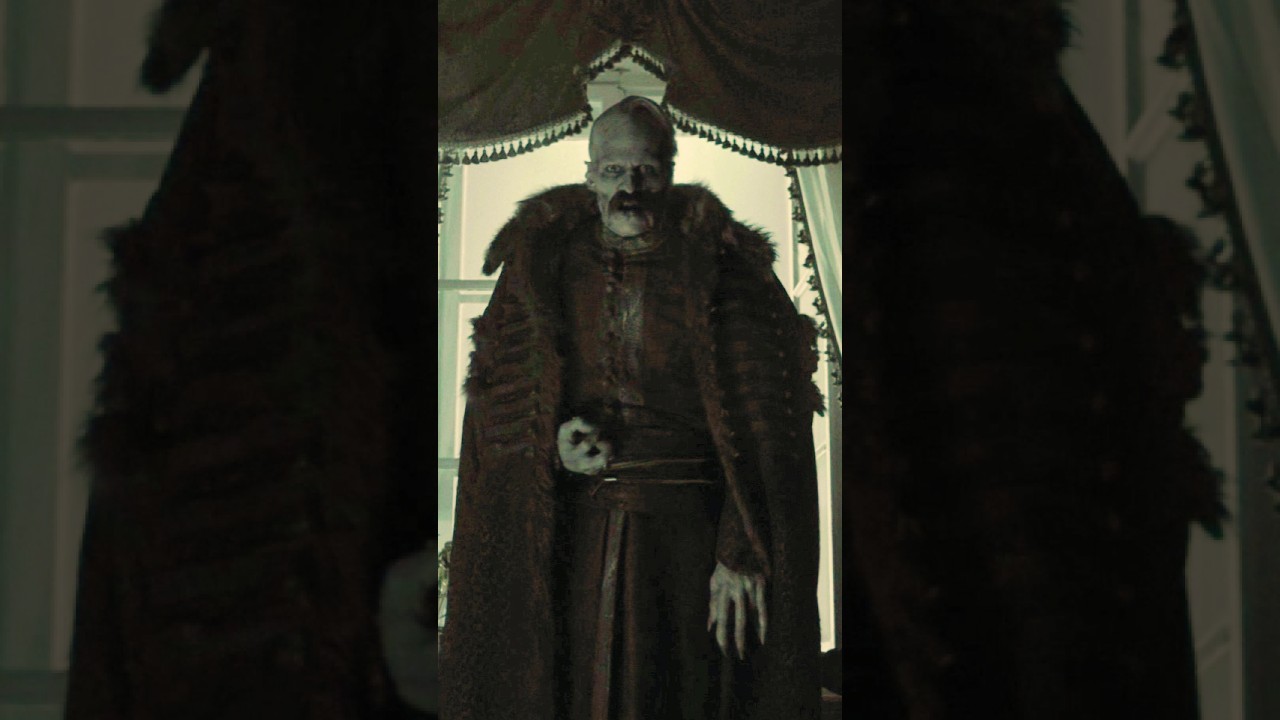
2. Nosferatu Showtimes: The Revival of a Classic
In our digital age, Nosferatu showtimes are as anticipated as any blockbuster premier. The film frequently graces various film festivals and art house cinemas, often paired with live orchestral music that amplifies its eerie essence. For example, during the BFI London Film Festival (2025), a restored version of “Nosferatu” was screened with a full live orchestra. Audiences, spellbound by both the visuals and the haunting score, experienced the chilling sensation of the film anew, bridging generations.
Similarly, The Cinema Museum, London (2026) hosted a retrospective celebrating silent films, shining a special spotlight on “Nosferatu.” Scholars and enthusiasts gathered to discuss its brilliance, revitalizing interest in classic cinema while drawing fresh eyes to the original work. They explored how silent film aesthetics remain poignant in today’s fast-paced digital narrative world.
Additionally, FrightFest (2026 Annual Festival) featured a special engagement, presenting “Nosferatu” with interactive commentary from horror experts. This event encouraged attendees to delve deeper into the film’s lasting impact. These cultural events reflect how “Nosferatu” hasn’t lost its enchantment; if anything, it emerges from the shadows more vibrant than ever, reminding us why this classic remains essential in cinephilia.

3. Nosferatu: Influence on Modern Horror and Film
The legacy of “Nosferatu” is profound, extending well beyond its eerie corridors. It set foundational ideas of vampire lore that resonate across various modern films. Dracula (1931) is an early adaptation that leaned heavily into themes established by “Nosferatu.” Here, seduction and horror intermingle, crafting an archetype of the vampire as both alluring and predatory—elements that continue to evolve in vampire cinema.
Fast forward to the hilariously clever world of What We Do in the Shadows (2014). This mockumentary takes a comical stab at vampire lore while nodding to the principles laid down in Murnau’s original film. By subverting traditional vampire myths, it embraces the conventions set by “Nosferatu” and presents them in a way that invites laughter while also invoking terror.
Another gem is Only Lovers Left Alive (2013), Jim Jarmusch’s poetic exploration of vampirism that resonates with existential dread seen in “Nosferatu.” It threads together modern aesthetics and philosophical queries about love, time, and immortality, reminiscent of the themes Murnau introduced to audiences in 1922. Each of these examples illustrates how “Nosferatu” not only shaped vampires in cinema but laid subconscious fears and desires that filmmakers still wrestle with today.

4. Reevaluating Nosferatu: Modern Takes and Criticism
Despite its celebrated status, “Nosferatu” hasn’t escaped scrutiny. Today’s filmmakers and critics dive deep into its themes and artistry, sparking discussions that challenge its legacy while also celebrating it. For instance, Werner Herzog’s 1979 remake preserves the tension of the original but amplifies its psychological implications regarding vampirism, reflecting how interpretations have shifted with societal changes.
Film studies symposiums increasingly dissect “Nosferatu” through lenses that examine feminist perspectives and psychological angles. New layers of interpretation emerge about its portrayal of female characters and the madness surrounding vampirism. This critical dialogue invites modern audiences to look beyond the initial terror and explore the film’s profound themes of isolation and fear in individuals and society.
Each of these discussions recontextualizes “Nosferatu” for contemporary audiences, showing that its narrative still pulsates with relevancy. The film challenges viewers to rethink their own fears, how they perceive monstrous figures, and ultimately, the monsters that linger within.
Innovative Wrap-Up
“Nosferatu” remains a haunting presence within cinema’s psyche, transcending its original format to inspire countless filmmakers and audiences. Its chilling storytelling and unforgettable imagery continue to screen across different formats and settings, reminding us of classical cinema’s power to evoke emotion and fear. While Count Orlok may be a figure of dread, he also represents the journey into our darkest fears, yet reminds us that facing those fears can lead to profound insight.
As this timeless film continues to be part of modern dialogue, it underscores the enduring appeal of the Dracula mythos and the themes that resonate throughout human experience. With “Nosferatu,” we aren’t just spectating a horror tale; we are invited into a deeper exploration of ourselves, ensuring it’s not going anywhere soon.
In an age where contemporary horror is abundant, “Nosferatu” stands tall, unyielding—a ghost that will forever haunt the annals of cinematic history.
Nosferatu the Iconic Horror Figure
The Birth of a Legend
Did you know that Nosferatu the iconic vampire film wasn’t just a cinematic fluke? It was a bold adaptation of Bram Stoker’s Dracula that almost didn’t make it to the screen due to legal battles. Released in 1922, it was one of the first horror films, setting the stage for countless vampire tales after it. The film’s eerie atmosphere and haunting visuals have influenced everything from modern horror flicks to well-loved classics, like Some Like It Hot and its cast portraying diverse themes and tones.
And get this! The film’s antagonist, Count Orlok, was so nightmarish that audiences got chills simply from his appearance. Interestingly, his look parallels the sharp angles of a well-crafted cartier necklace, where every facet reflects light in a captivating, albeit haunting way. While one might not find chip lovers munching on kettle chips during a horror screening, it’s easy to see how Nosferatu the vampire has left an indelible mark—not just on cinema but in pop culture as a whole.
A Cultural Phenomenon
Nosferatu the film has grown from an old silent movie to a cultural touchstone, appearing in various art forms and media. Its themes of fear and darkness have resonated, making it almost timeless. Even today, you can feel its shadow in shows like Cobra Kai and its looming threats that echo the dread of earlier horror tales. Or how about the way vampires have transformed over the years—from brutish monsters to relatable antiheroes—much like the evolution seen in Lord Of The Flies with its complex characters?
Let’s not forget that the film ironically paved the way for comedic interpretations of horror, much like how Simon, Alvin and The Chipmunks brought a light-hearted touch to music with their highs and lows. Just like TikTok trends that often don’t take themselves too seriously, bringing together the macabre with a twist of humor isn’t a new concept at all! Nosferatu the legend endures in various forms, showcasing how this classic horror flick has become a beloved subject of intrigue and discussion.
The Legacy Lives On
The influence of Nosferatu the isn’t confined to the silver screen. It extends into the hearts of creative minds and even political figures—think of the enigmatic Ross Perot, whose unique presence was as captivating as Count Orlok’s eerie aura. Just as Nosferatu the challenges societal norms, discussions around themes like tyranny and power dynamics continue to provoke thought in today’s context.
So the next time you dive into a horror movie or even indulge in some kettle chips, remember that the shadows cast by Nosferatu the are long and filled with narratives waiting to be explored. After all, who doesn’t enjoy a good scare mixed with a bit of trivia?


